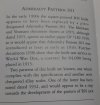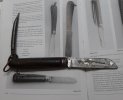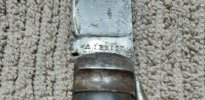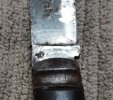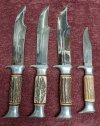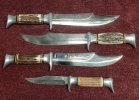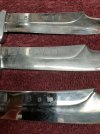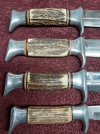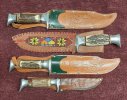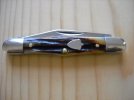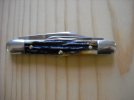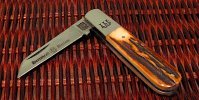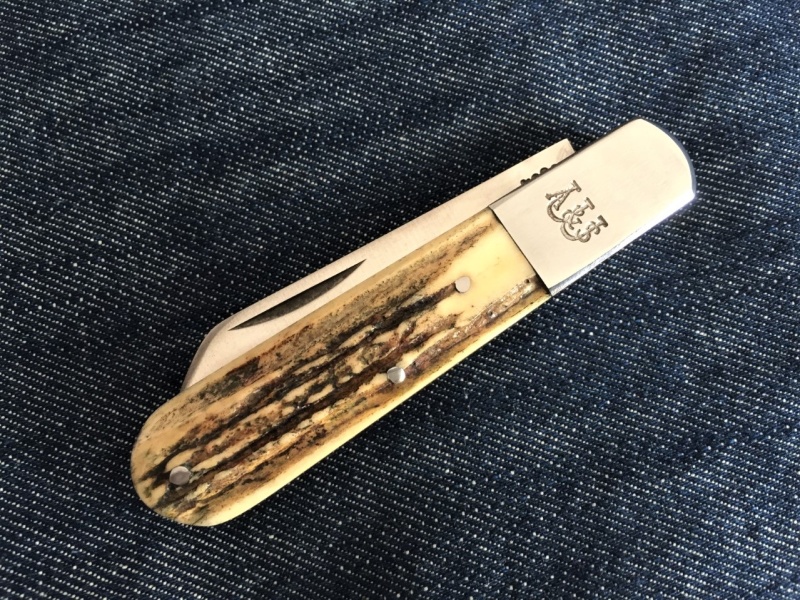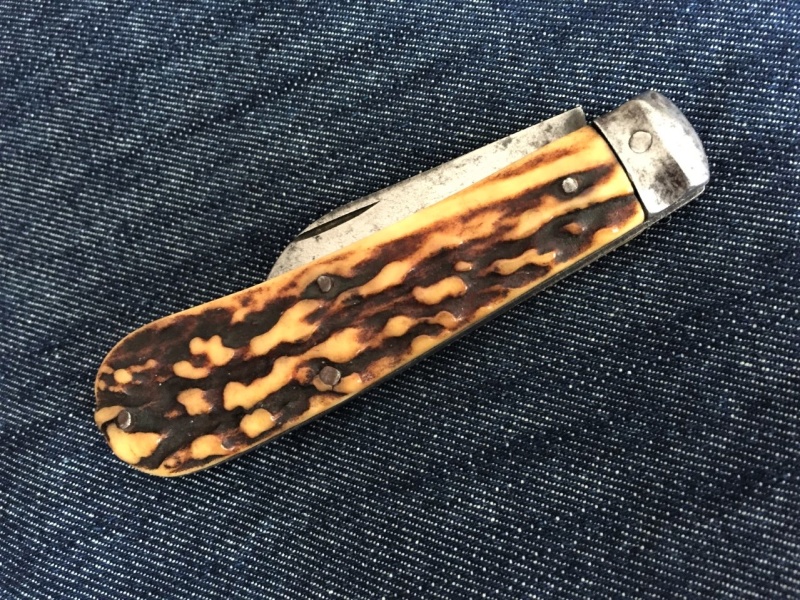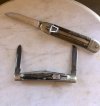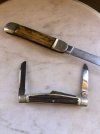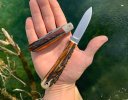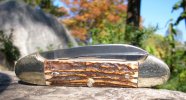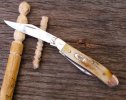Regarding the pictures in my last post, I have included the paragraphs that preceded the caption for plate 299 which talk about the Admiralty pattern knife. It certainly appears to be a Navy knife, but none have been seen with the Navy acceptance mark. W(broad arrow)D is the Army acceptance mark. Note the Boer War knife that has a very visible W(broad arrow) mark, while the D is missing. Apparently the stamp was held crooked causing the D to not make contact. Anyway, the WD mark is Army, not Navy. Why would a soldier need a marlin spike? I've read that it was used to remove stones from the horse's hooves. I can't remember where I read that, but I was also told that by an old English gentleman friend of mine before I read it. I thought he was crazy until I considered the WD Army mark, and then I read it somewhere, as well. Regarding the Red Cross reference, I know I read that somewhere, as well, but I searched through my library of over 40 knife books and can't find the reference. Sorry about that. So, while i'm quite sure of the date 1910 or maybe a little earlier, I am only fairly sure that someone believes that these knives were (at least sometimes) purchased by private citizens and shipped by the British Red Cross to soldiers serving in the Army. FYI I can post pictures better from my phone, while I can type faster from my computer. That's why I split my response into two posts. Thanks for your interest. T-A
the-accumulator Many thanks for the pics&reference, don't own that book unfortunately. What is the full caption above plate 299 please? It says something about 'style' Your example is better looking than the caption, again , very interesting
